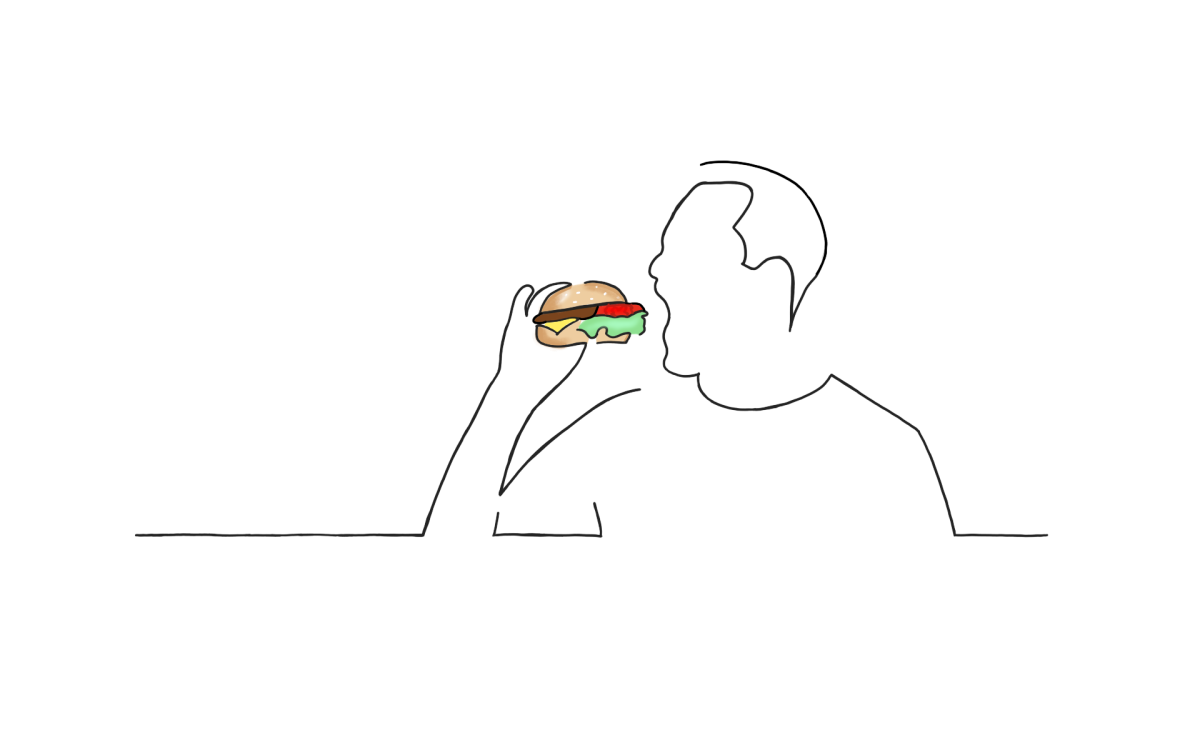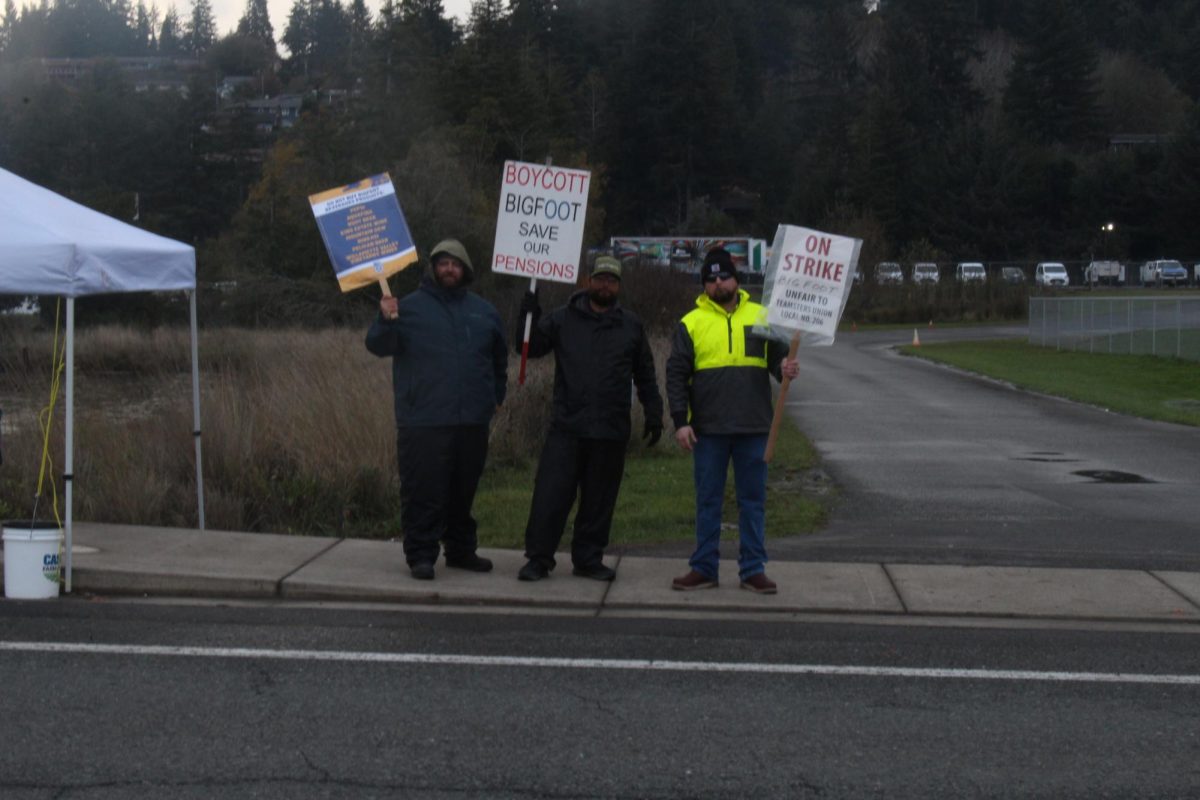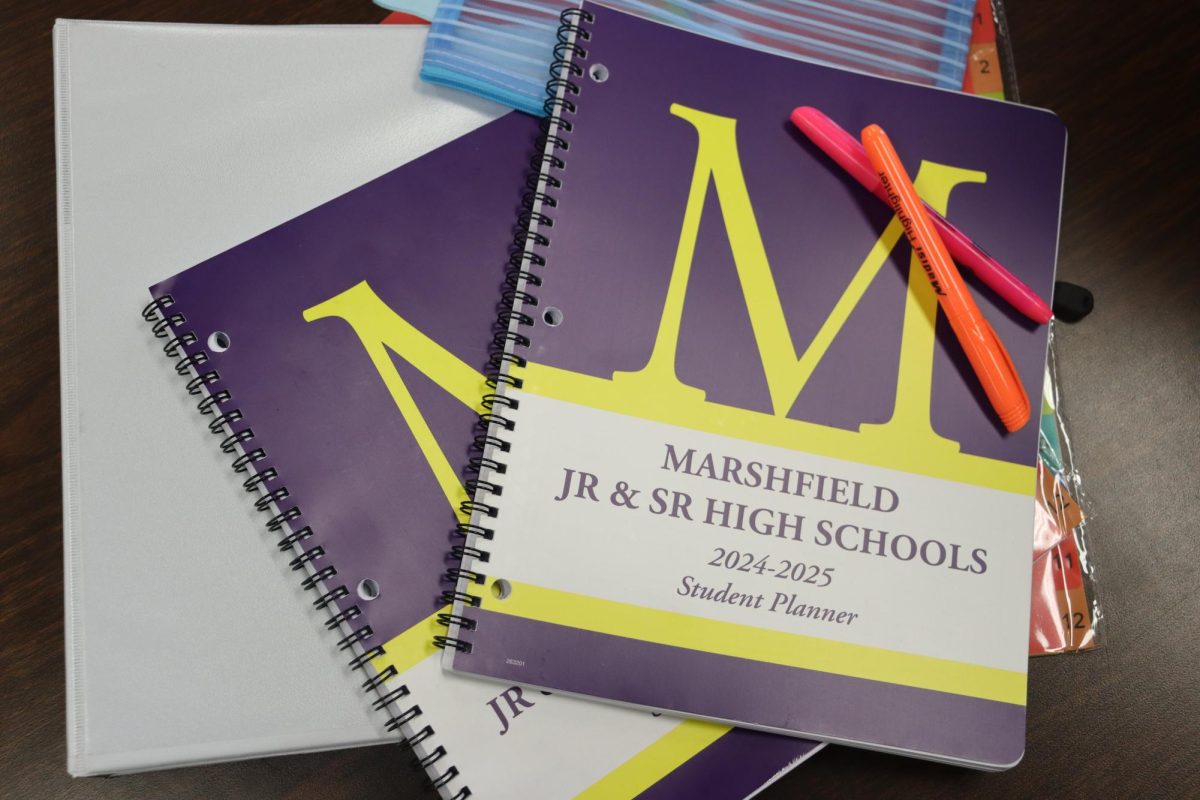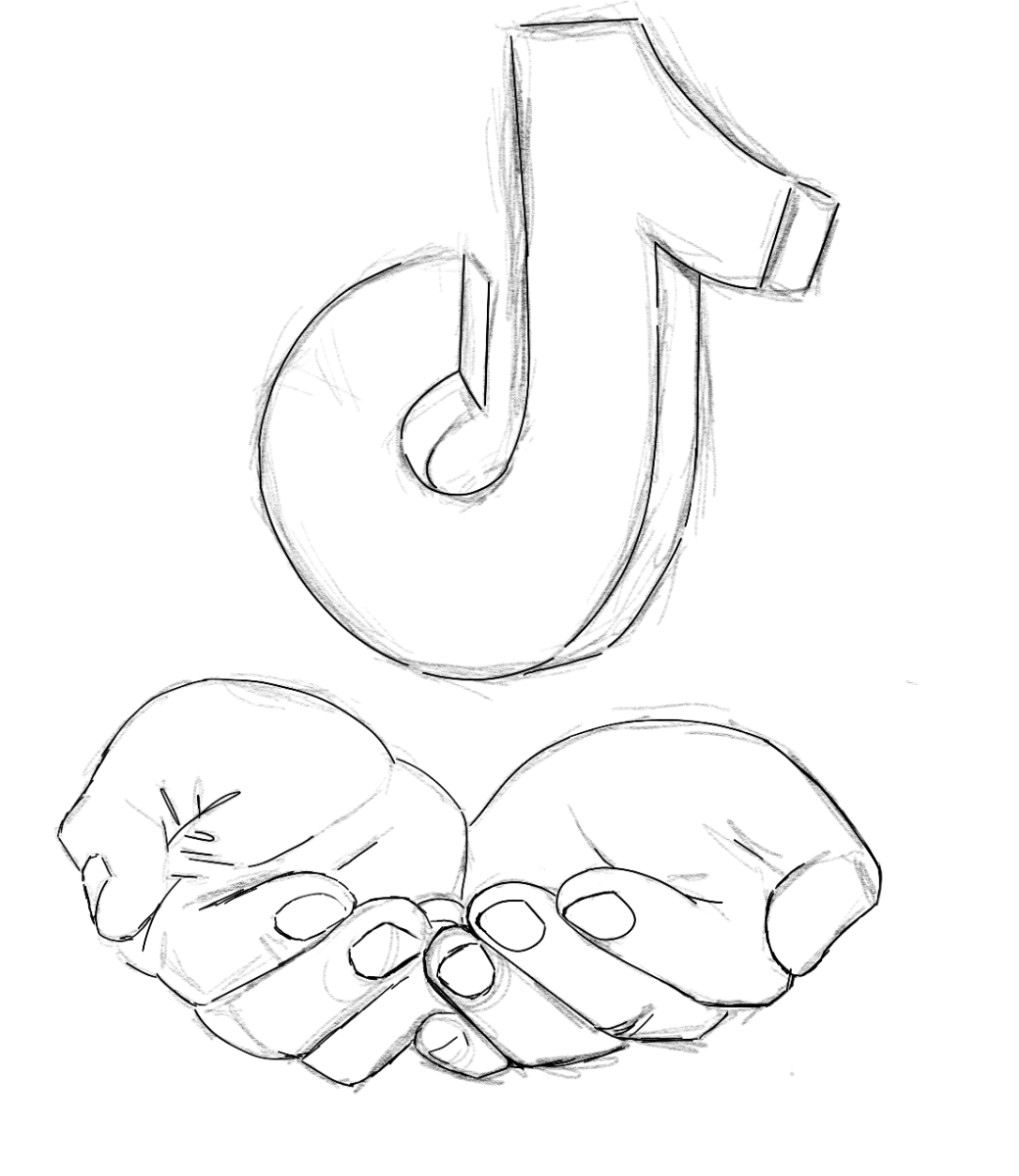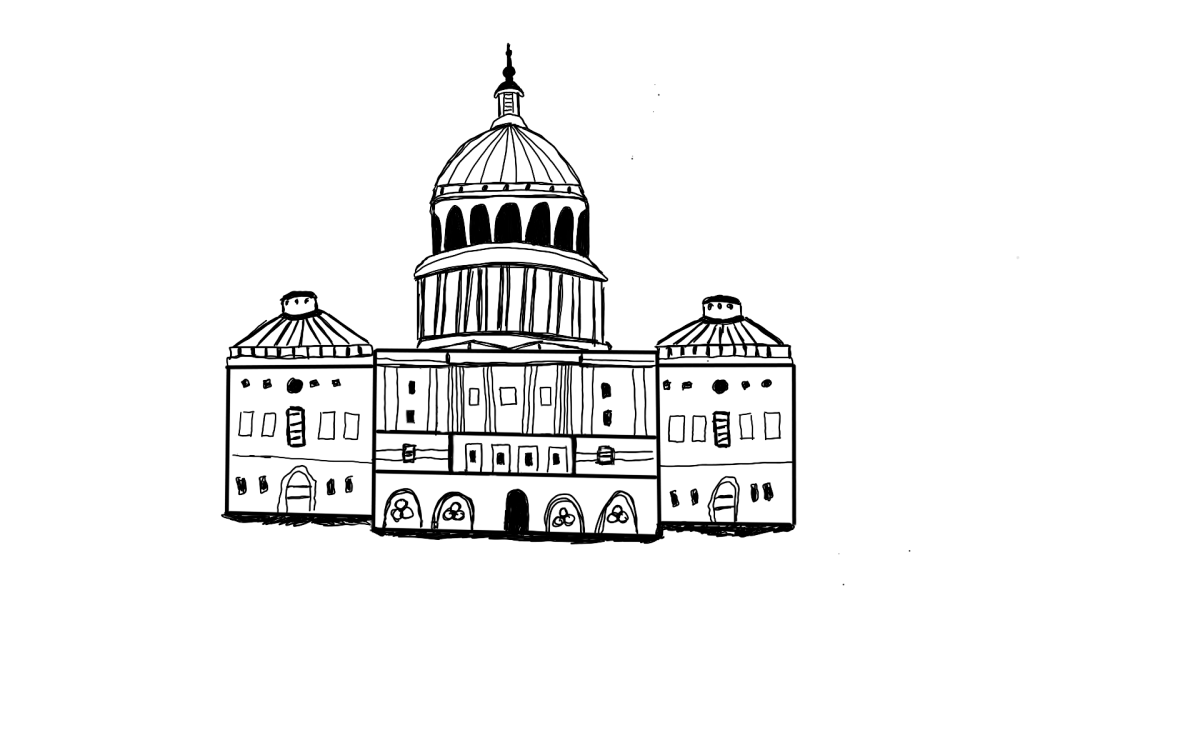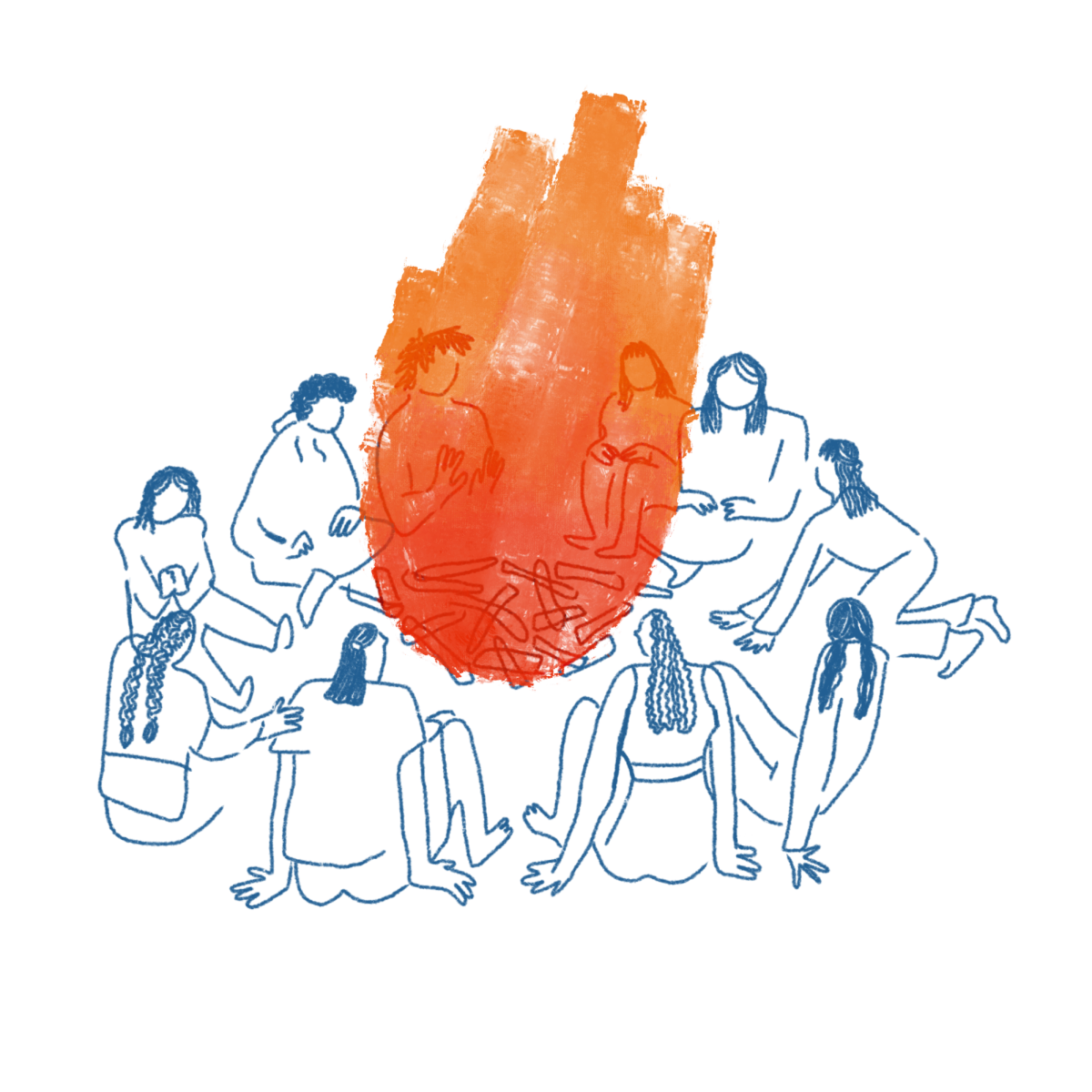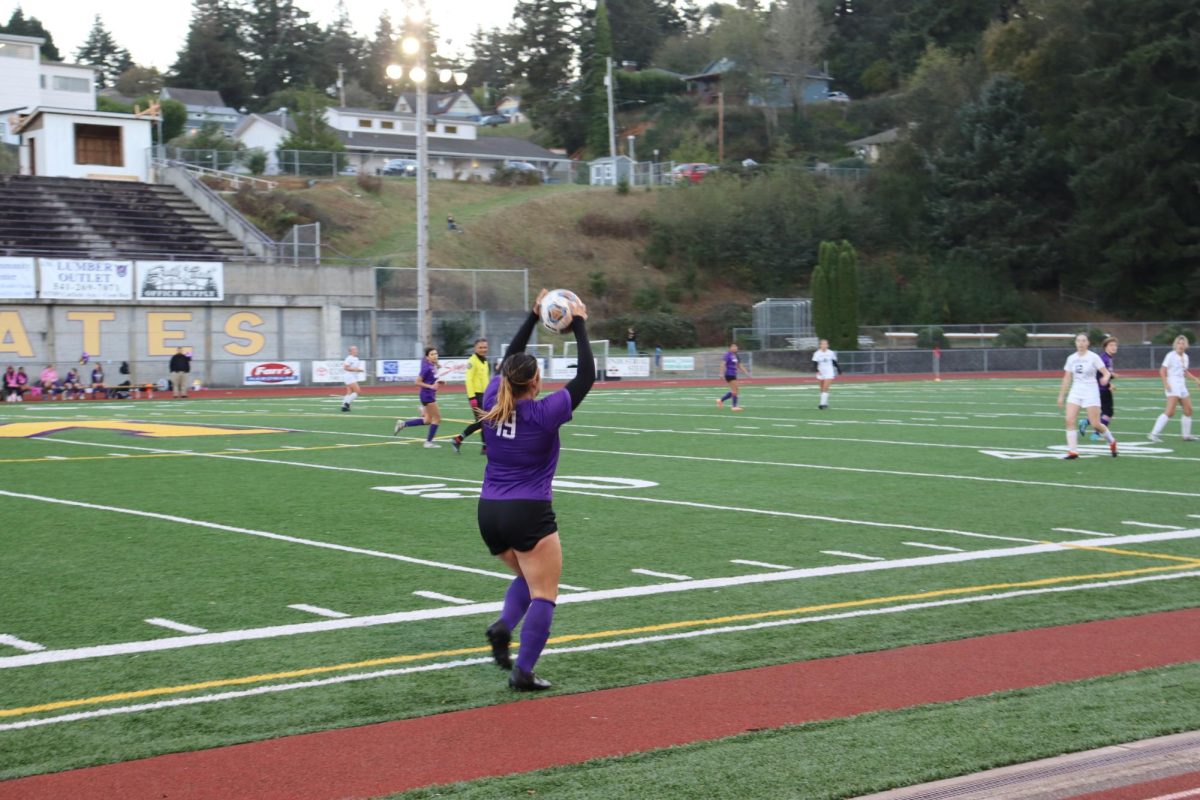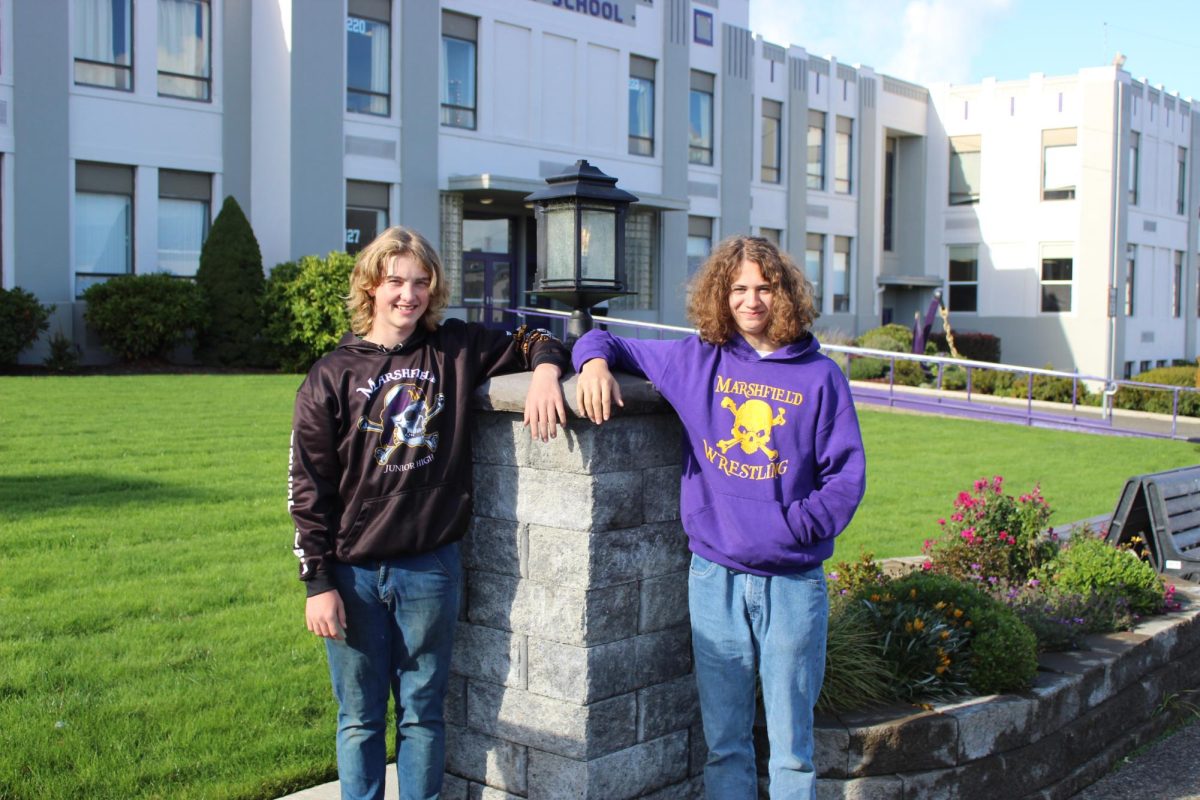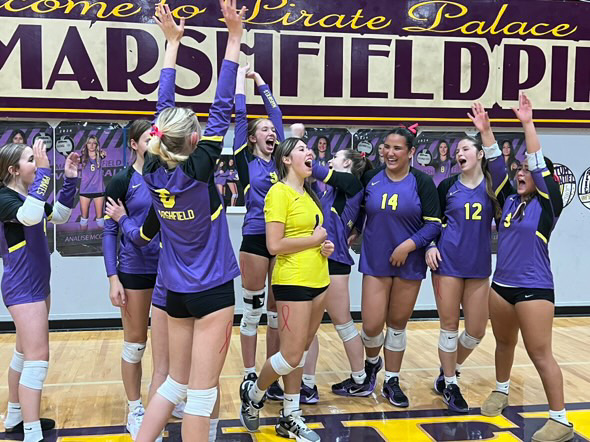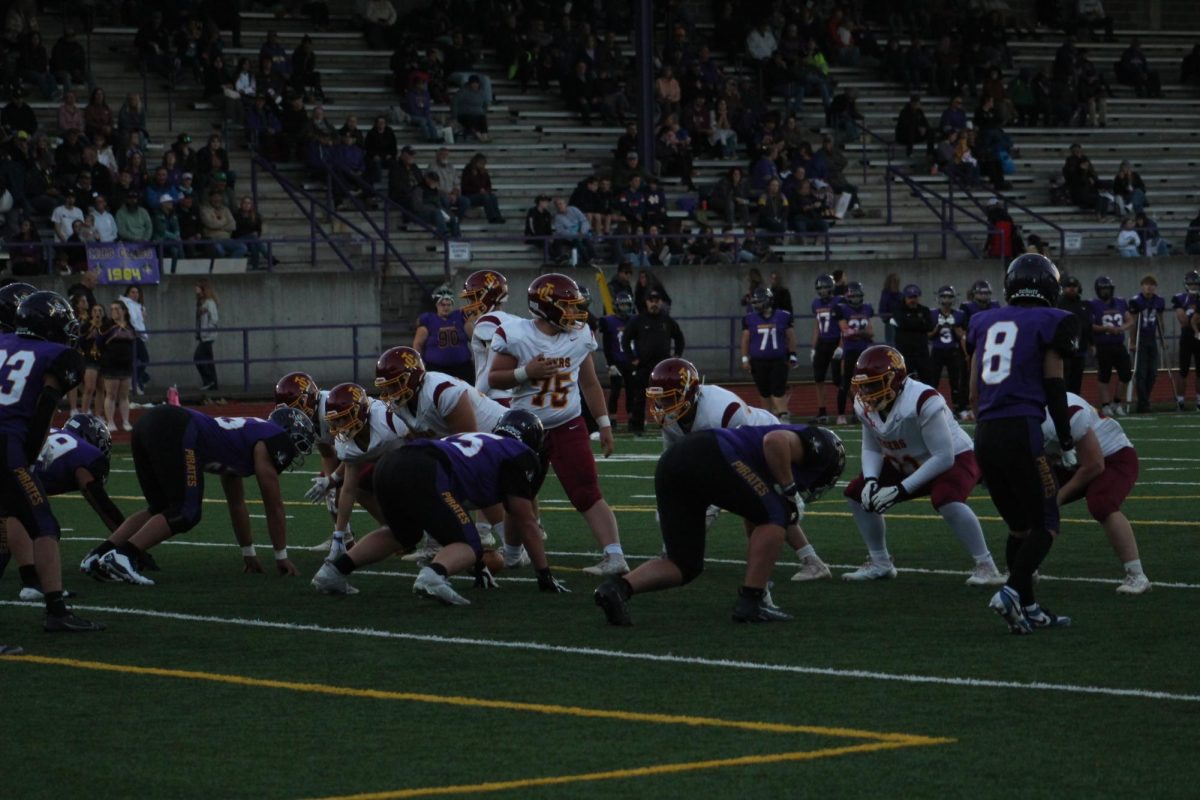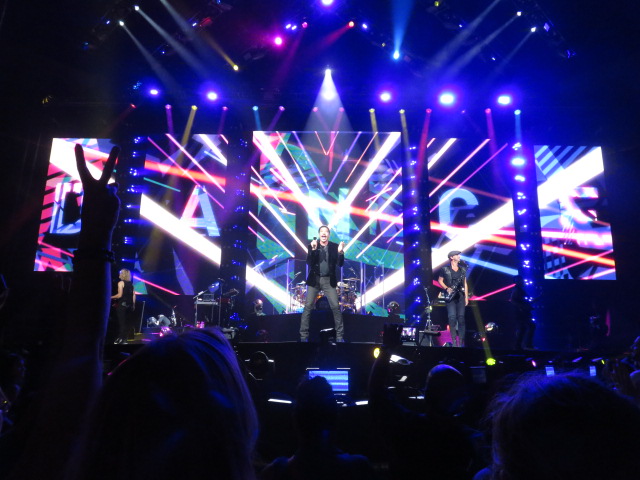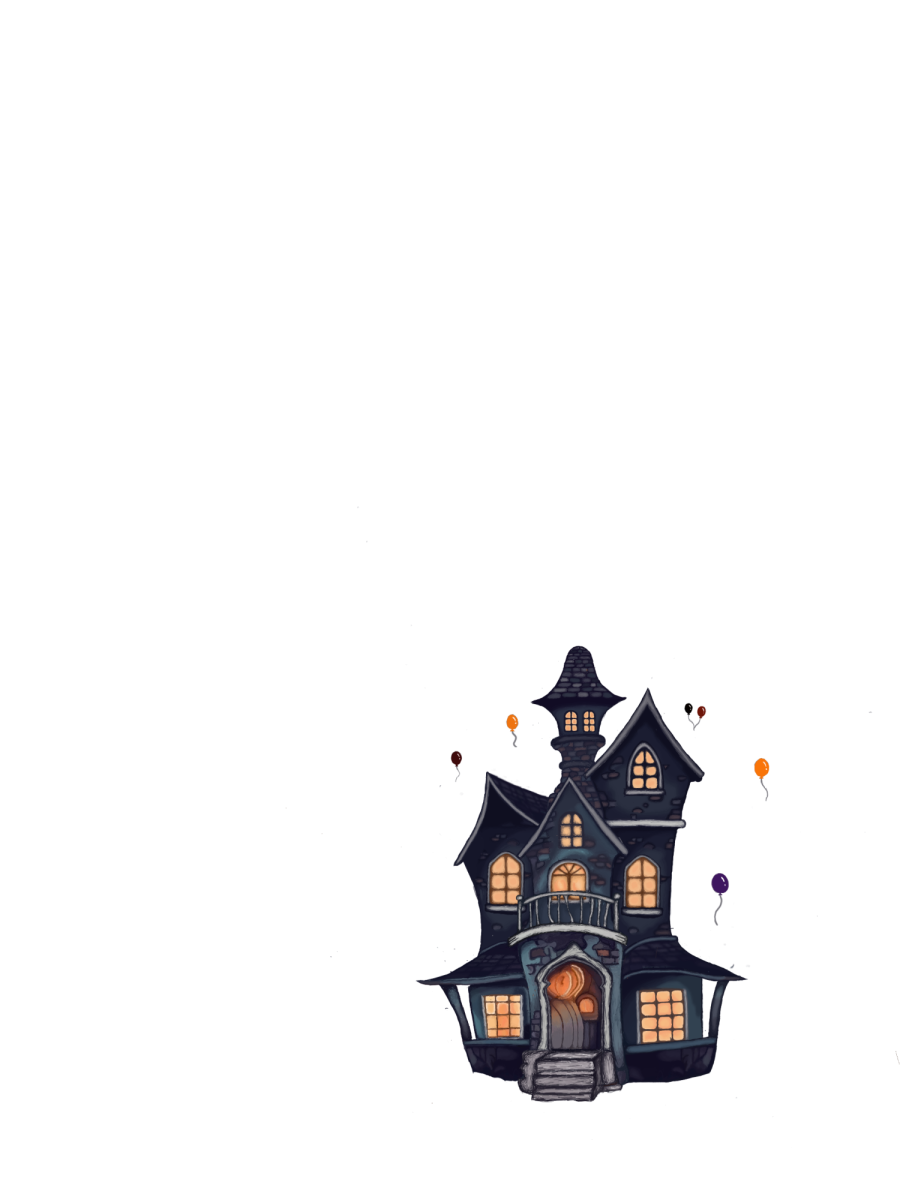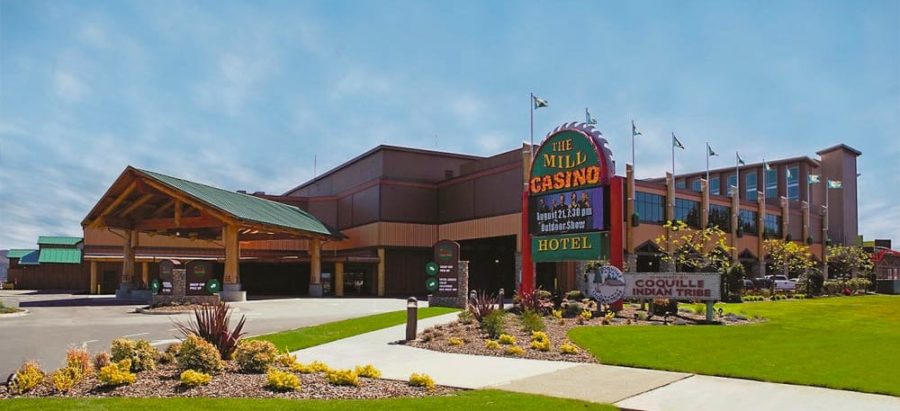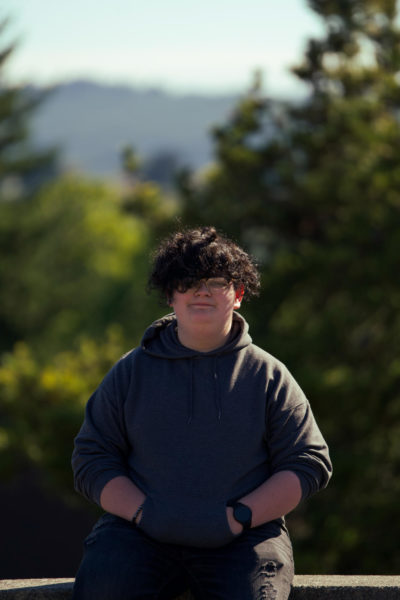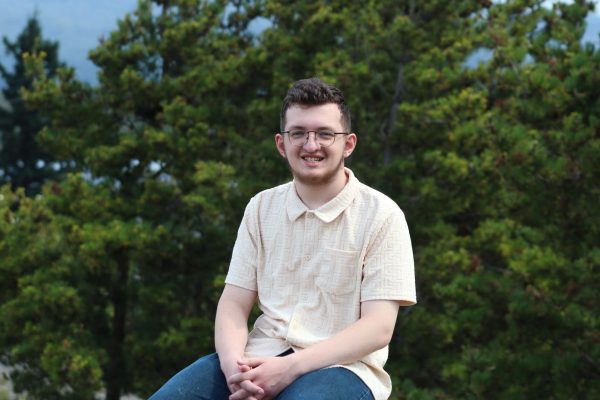The concept of a multiverse has been apparent in theoretical physics for many years. The name “Multiverse Theory” is coined back in the 1800s. But what really is a “Multiverse” from a physics perspective?
“This is the conversation that was being suggested and being discussed by Schrodinger in the age of the early 1900s,” said Jonathan Hill, Marshfield High School physics teacher. “When we open the box to see if the cat is dead or alive, the suggestion is that we’re actually looking at which parallel universe we are in. If we find that the cat died, then it means that in our branch of the universe–in our parallel universe–the decay did happen. If the cat is still surviving, then it means that we are in a parallel universe where there is no substance decay.”
The multiverse theory in physics posits that our universe might just be one of an enormous number, perhaps infinitely many, universes that make up the multiverse. Each of these universes, within the multiverse framework, could potentially have different physical laws, constants, and overall compositions.
“Depending on the theory you look at, it may have evolved out of quantum mechanics where there are probabilistic interpretations where certain events can happen certain ways,” said Dr. Aaron Coyner, head of physics and engineering at Southwestern Oregon Community College. “But all of the possible outcomes exist in other universes.
A multiverse is really just a large array of separate universes where small or large changes can happen, and be different from others. The multiverse has been used in media and comics for a few decades, however people have become sick of the recent overuse of it, in everything from books to video games. With the popularity of the Marvel Cinematic Universe, multiverse stories are at an all-time high.
Multiverses are often used as a quick and easy tool to restart with a piece of media or simplify ongoing narratives. They are also used commonly to explore new narratives where certain parts of characters like their motives, personalities, and backstories can be altered to fit new storylines where maybe an aiding character becomes a villain, or a villains’ motives are altered to further develop their character
“In general, I think it gives you a chance to expand on things and it gives you a chance to bring in newer fans of things without having to burden them with the piles of history that may be associated,” said Christopher Green, MHS film club adviser.
Often when making alternate versions of a character there are key visual design choices or parts of their backstories that are rarely altered as they are considered key to their character. Multiverses aren’t exclusive to the big studios, however.
“When done well, it can still be done effectively,” Dr. Coyner said. “But, It’s one of those things where if the entire Multiverse doesn’t hinge on uncertain, pivotal points, then nothing that happens in any of the multiverse actually matters.”


